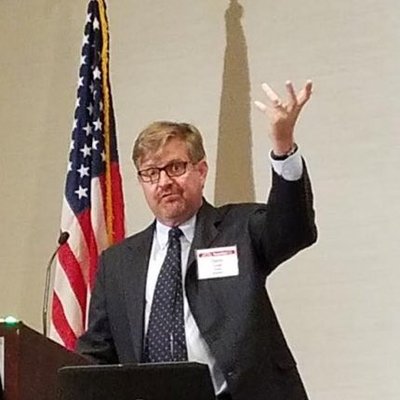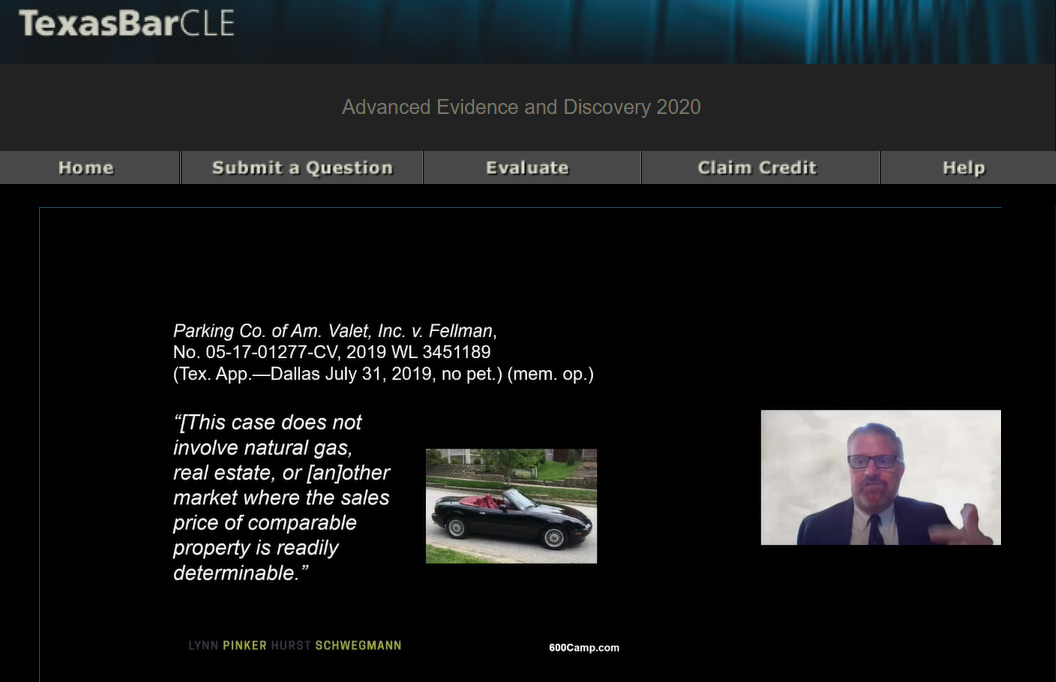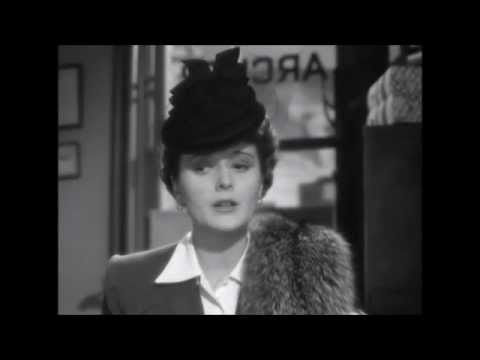 Recent orders about conducting trials during the pandemic highlight the different procedural structures of the state and federal courts.
Recent orders about conducting trials during the pandemic highlight the different procedural structures of the state and federal courts.
In the state system, the Texas Supreme Court recently released its seventeenth emergency order about when and how jury trials may resume. (An order, incidentally, that I got from the txcourts.gov website, which shows progress in returning that site to normal after the recent hacker attack.)
In the federal system, the recent order in In re Tanner reminds of the considerable district court discretion about such matters: “[T]he district court has given great consideration to the COVID-19 issues addressed by Tanner. . . . [W]hatever each of us as judges might have done in the same circumstance is not the question. Instead, as cited below, the standards are much higher for evaluating the district court’s decision” for purposes of a writ of mandamus or prohibition. No. 20-10510 (May 29, 2020).
















